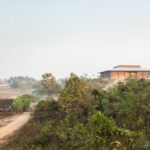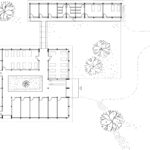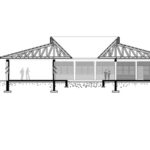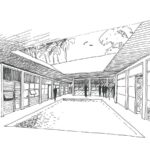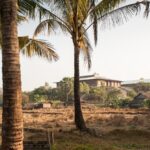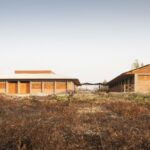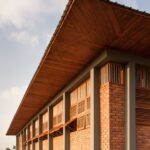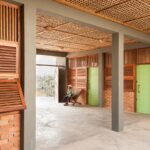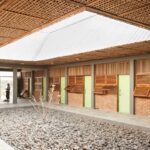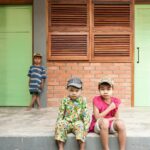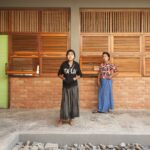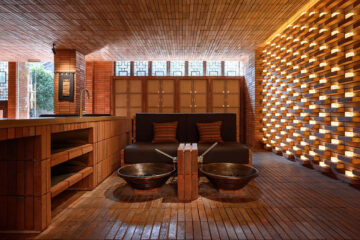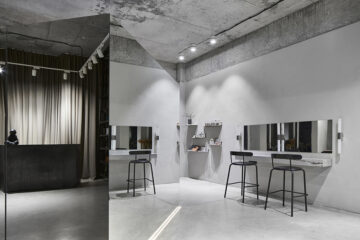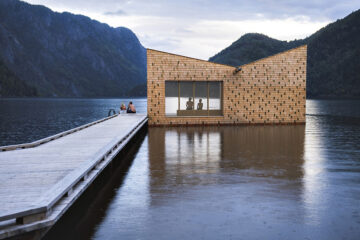Building Hope: Project Burma Hospital

a+r Architekten, in collaboration with Projekt Burma e.V., presents the remarkable Project Burma Hospital, a testament to compassion and dedication in improving healthcare access in Myanmar. Founded in 2009 by Marion Mück in Filderstadt near Stuttgart, Projekt Burma e.V. aims to enhance the lives of individuals affected by poverty in Myanmar through sustainable initiatives. The association has successfully implemented various projects focusing on education, health, water, hygiene, and disaster prevention, including the construction of the Thazin high school in 2014, which marked the beginning of a long-standing partnership with a+r Architekten.
Bridging Healthcare Gaps
The inception of the Project Burma Hospital stemmed from a pressing need for improved healthcare infrastructure voiced by community members from the Magyizin village during the opening ceremony of the Thazin high school. Facing inadequate access to medical care due to the dilapidated state of their local health center and the distant proximity of the nearest hospital, community leaders appealed for assistance. Responding to this urgent call, Projekt Burma e.V. and a+r Architekten embarked on a mission to construct a hospital that would address these critical healthcare gaps.
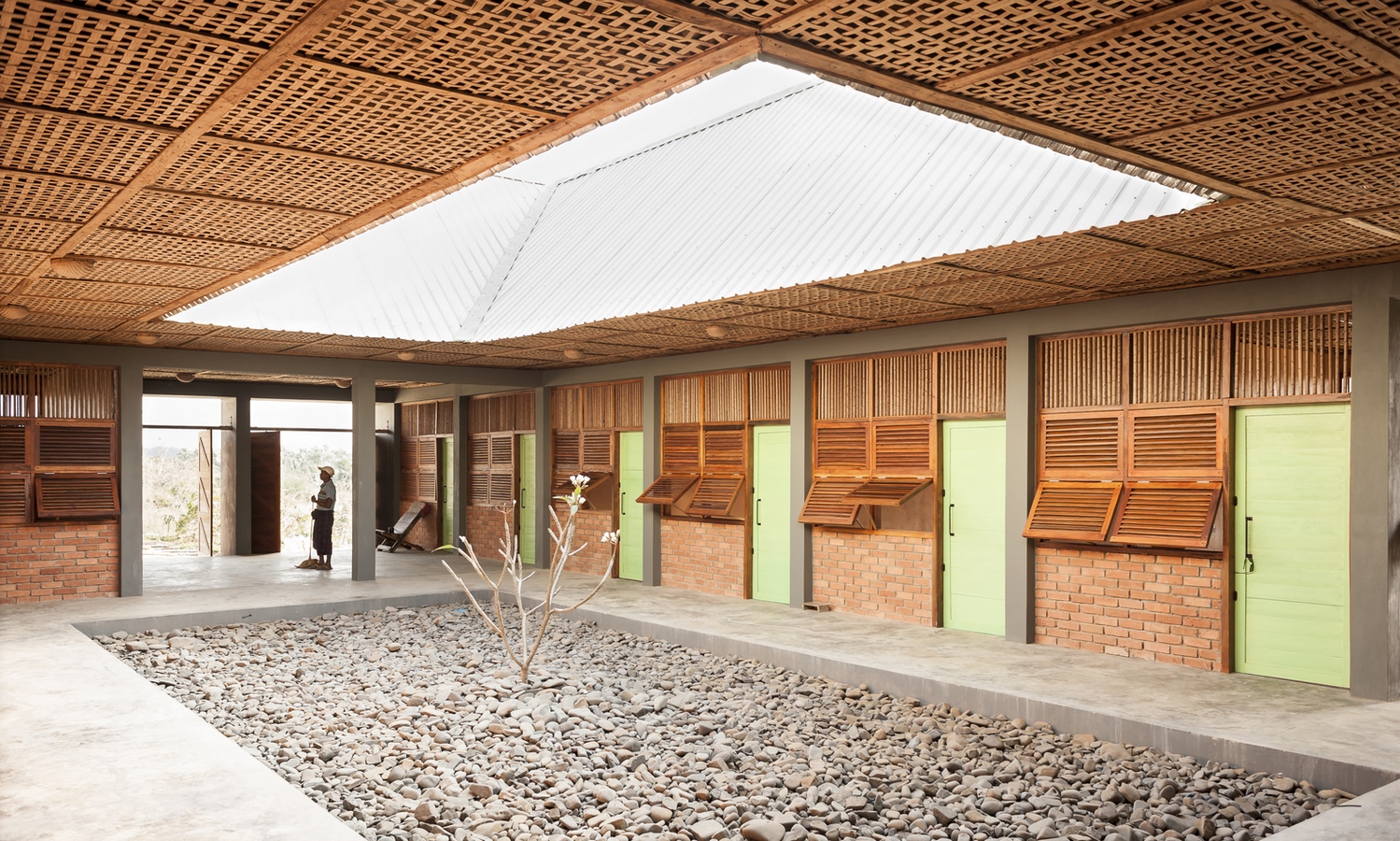
From Vision to Reality
After nearly five years of meticulous planning, fundraising, and construction efforts, the Project Burma Hospital was inaugurated in February 2020. Situated strategically on a hillside overlooking the village, the hospital serves as a beacon of hope and resilience, providing essential healthcare services to approximately 20 communities and 20,000 individuals. Equipped with 20 beds, an operating theater, a delivery room, and a laboratory, the hospital stands as a testament to collaborative efforts and unwavering dedication.
Sustainable Design Solutions
Designed as a single-storey atrium house, the hospital embodies sustainable architectural principles while respecting local building traditions. Inspired by Myanmar’s traditional “brick nogging structure,” the architects incorporated a reinforced concrete skeleton infilled with brick, ensuring structural stability and resilience against insect infestation. Noteworthy features such as movable shading elements and a timber roof construction facilitate natural ventilation, addressing the challenges of building in a tropical climate.
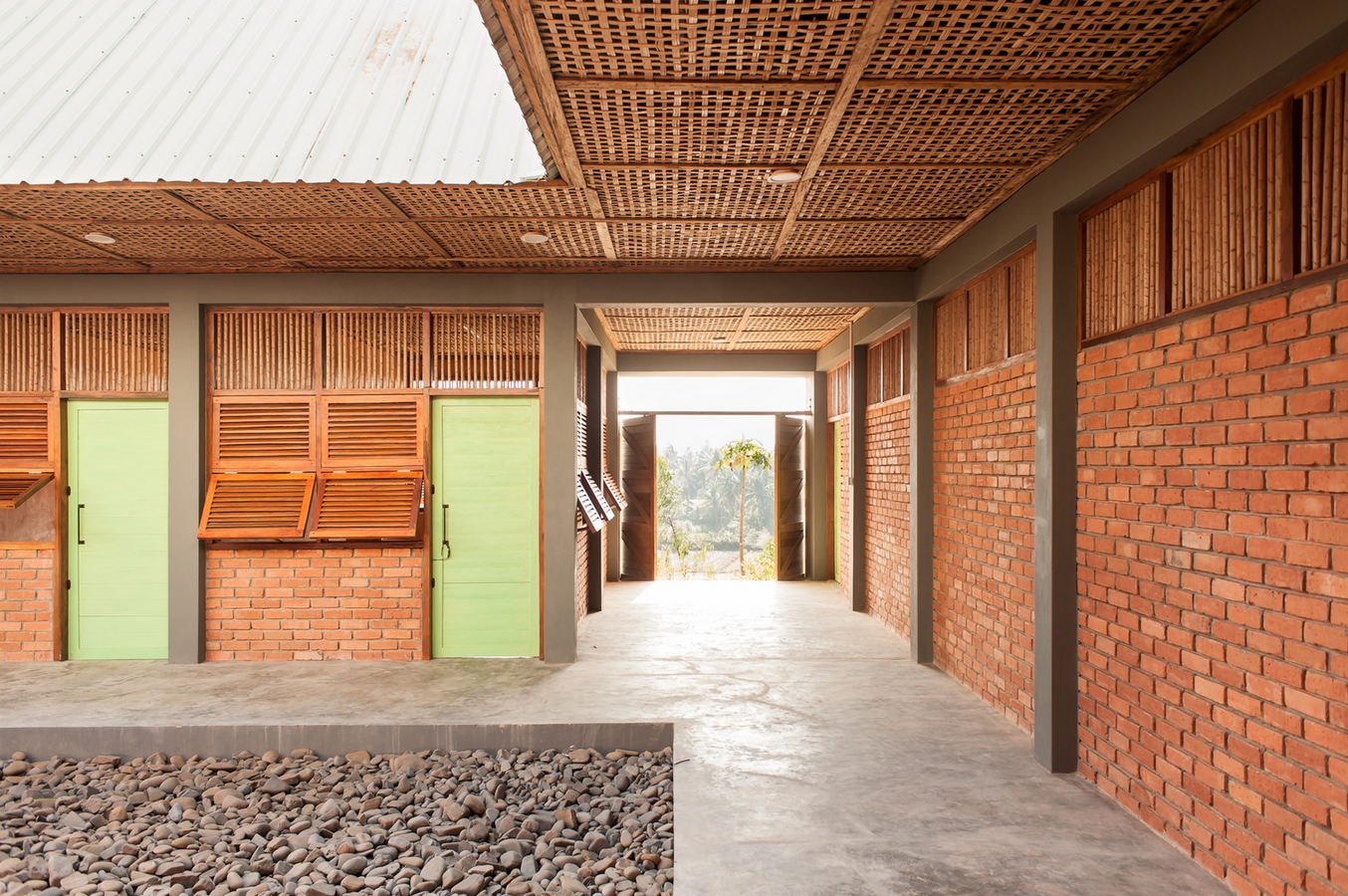
Community Engagement
The construction of the Project Burma Hospital was a collective endeavor, with local villagers actively participating in various aspects of the project. From collecting stones for the central basin to assisting in the erection of the building, community involvement was integral to the project’s success. As a result, the hospital not only serves as a vital healthcare facility but also fosters a sense of ownership and empowerment within the community.
A Beacon of Resilience
In the face of unprecedented challenges, including the Covid-19 pandemic and political unrest in Myanmar, the Project Burma Hospital remains steadfast in its commitment to providing essential healthcare services to those in need. Serving as an official quarantine center during the pandemic and offering medical assistance to individuals injured in protests, the hospital embodies resilience and compassion in times of adversity.
Conclusion
Project Burma Hospital stands as a testament to the transformative power of architecture and humanitarianism. By bridging healthcare gaps and empowering communities, the hospital represents a beacon of hope, resilience, and solidarity in the pursuit of a healthier and more equitable future for all.



